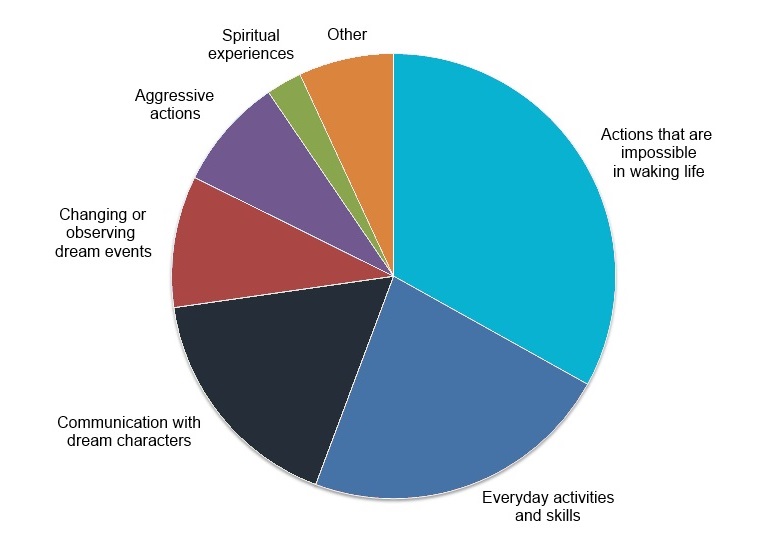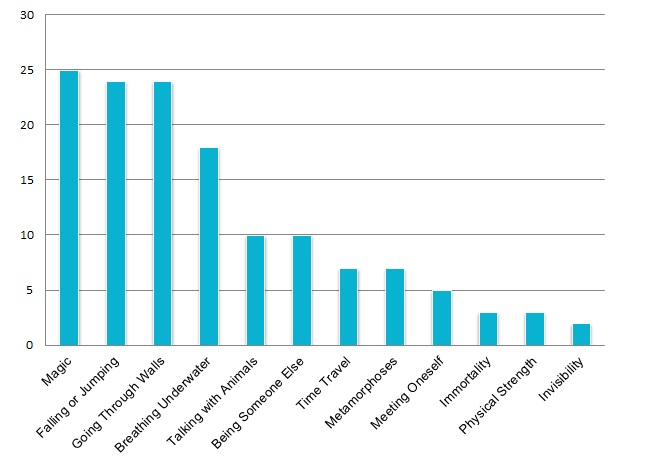On average, adults report having between 1 and 3 dreams recalled per week. This increases slightly, by around one extra dream recalled per week when people were asked to use a Dream Diary to record their dreams. People who continued this practice, and regularly used a dream diary were far more likely to remember their dreams, reporting more than 7 dreams per week. Around 1 in 250 people say they never remember any of their dreams (0.4%)
About 55 percent of people have experienced one or more lucid dreams in their lifetime
And 23 percent of people have lucid dreams at least once a month.
Less than 1% of people are able to lucid dream on demand or have a lucid dream every night
The average age when someone has their first lucid dream is 15, with over 80% of all Lucid Dreamers having their first experience before the age of 30. Of these first lucid experiences 83% are spontaneous and just 17% deliberately induced.
Lucid Dreamers typically recall between 2 and 6 dreams per week
Have a lucid dream around once per week
Have a creative dream once every 2 weeks
Have a nightmare once every 2-3 weeks
On average a lucid dream lasts 14 minutes
Dream Control vs Dream Observation: When in a lucid dream, 56% of people choose to take control of the dream and direct it’s events, the remaining 44% observe the dream, following along with the existing plot.
For those who take control, the most common use for lucid dreams is to take advantage of the opportunity to do something that is impossible in waking life. What might be surprising, is that 'Everyday Activities' comes in second place. This is largely due to just two items in this category; 'Having Sex' and 'Playing Sport', which make up almost 50% of all responses in this area. The categories are shown in the chart below.

Of the Impossible Actions, 'Flying' is by far the most frequent activity with 62% of all people choosing this action. This suggests something very primal in our psyche, something which cuts across ages, races and genders draws most people to the freedom and excitement of being able to fly. The remaining 38% are split between a diverse group of actions, these are shown in the bar chart below

1. Stumbrys, T., Erlacher, D., Johnson, M., & Schredl, M. (2014). The Phenomenology of Lucid Dreaming: An Online Survey. The American journal of psychology. 127. 191-204. 10.5406/amerjpsyc.127.2.0191.
2. Saunders, D.T., Roe, C.A., Smith, G., Clegg, H. (2016). Lucid dreaming incidence: A quality effects meta-analysis of 50 years of research. Consciousness and Cognition, 43.197-215.
3. Nielsen, T. (2012).Variations in Dream Recall Frequency and Dream Theme Diversity by Age and Sex. Frontiers in neurology. 3. 106. 10.3389/fneur.2012.00106.
4. Pagel, J.F. (2003). Non-dreamers Sleep Medicine 4:3, 235-241